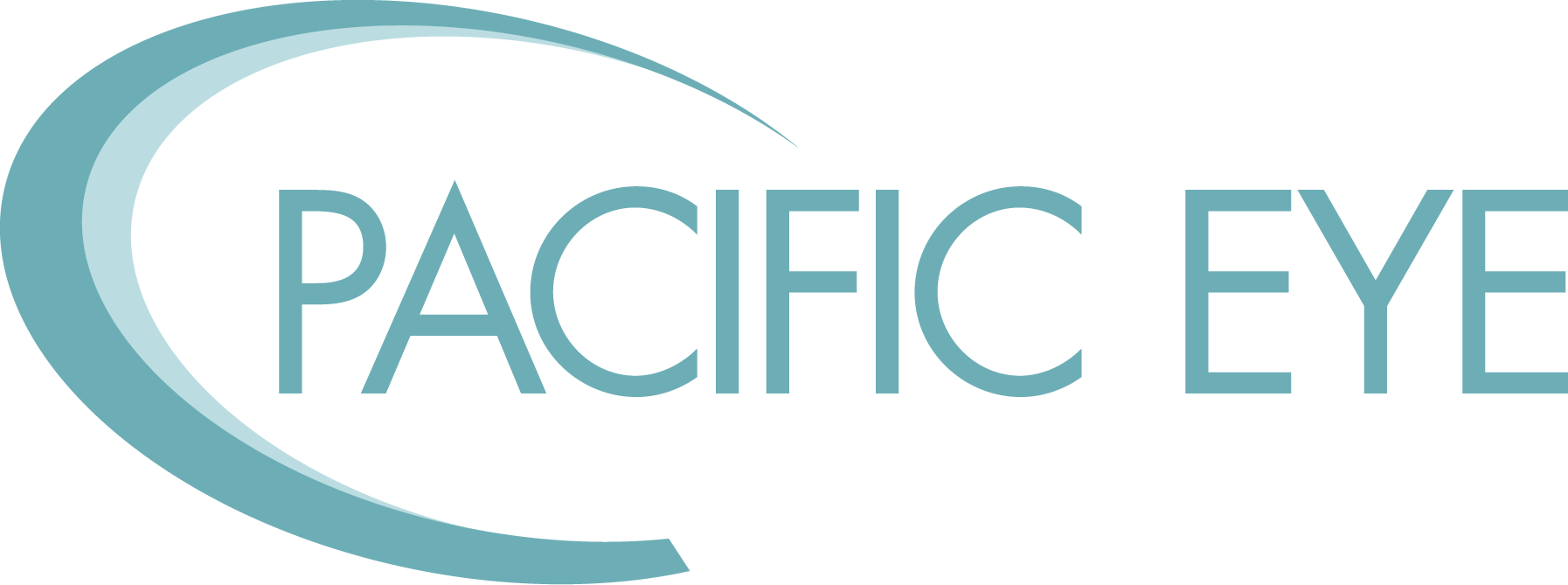Are you struggling with eye pressure, blurry vision, or frequent eye strain after long hours at work or gaming?
If so, you’re not alone—and these symptoms could be more than just fatigue. Understanding the signs of glaucoma and knowing your treatment options, including iDose®, can make all the difference.
In this blog post, Pacific Eye Surgeons breaks down how lifestyle habits like extended screen time can affect your eyes, when glaucoma becomes a concern, and how advanced treatments like iDose® offer new hope for long-term eye health.
What Is Glaucoma?
Glaucoma is a group of eye diseases that damage the optic nerve, often due to high intraocular pressure (IOP). It’s a leading cause of irreversible blindness—but it develops gradually and often without warning.
Common Signs of Glaucoma Include:
- Blurred vision
- Eye pain or pressure
- Halos around lights
- Frequent headaches
- Loss of peripheral vision
Early detection and consistent management are critical. That’s where emerging technologies like iDose® come in.
Eye Strain in Men: How Lifestyle Habits Increase Your Risk
Today’s digital lifestyle has men spending more time on screens than ever before—at work, during gaming, and even while relaxing.
Screen Time & Eye Health:
- Men aged 25-55 are particularly prone to digital eye strain, also called computer vision syndrome.
- Prolonged use of digital devices leads to reduced blinking, which can dry out the eyes and increase IOP.
- Poor lighting, bad posture, and uninterrupted screen exposure can worsen symptoms.
Why it matters: Chronic eye strain doesn’t cause glaucoma, but it can mask the symptoms or make them worse. If you regularly experience dry eyes, blurry vision, or headaches, it may be time to see an eye doctor—especially if you’re in a high-risk group.
Treatment Options for Glaucoma
Managing glaucoma requires consistent IOP control. Your doctor may recommend a combination of treatments depending on your condition’s severity.
Common Glaucoma Treatments:
- Prescription Eye Drops: Reduces fluid production or increases drainage in the eye.
- Oral Medications: Less common, used when drops aren’t sufficient.
- Laser Therapy (e.g., SLT): Opens blocked drainage canals.
- Minimally Invasive Glaucoma Surgery (MIGS): Performed to create new pathways for fluid drainage.
What Is iDose®?
iDose® TR (Travoprost Intraocular Implant) is a tiny, FDA-approved device implanted in the eye during a quick outpatient procedure. It slowly releases medication over an extended period, replacing the need for daily eye drops.
Benefits of iDose®:
- No daily drops needed
- Consistent medication delivery
- Minimally invasive
- Ideal for patients with adherence challenges
- Lasts for months, reducing treatment fatigue
When Is iDose® Recommended?
iDose® may be recommended if:
- You have open-angle glaucoma or ocular hypertension
- You struggle with using eye drops regularly
- Your IOP is not well-controlled with drops alone
- You’re already undergoing cataract surgery (iDose® can be placed simultaneously)
Frequently Asked Questions:
Lifestyle Impact: Regaining Control Over Your Vision
Living with glaucoma can affect your daily productivity, emotional health, and overall lifestyle—especially if you’re managing it with multiple drops, appointments, and anxiety about vision loss.
With treatments like iDose®, patients are enjoying:
- Fewer medication-related side effects
- Lower treatment burden
- Greater freedom and flexibility
- Improved quality of life
If you’re active, busy, or simply tired of daily eye drops, iDose® may be the solution you’ve been looking for.
Patient Testimonials
I trust Dr Merrill to monitor my glaucoma and have done so for 10 years!
Dr. Higginbotham and his staff are amazing! I’ve been a patient of Dr. Higginbotham for fifteen years now, I am very thankful for his care and concern for my eye sight. I have glaucoma and cataracts.
Local Eye Care Experts You Can Trust
At Pacific Eye Surgeons, our experienced ophthalmologists, including our trusted doctors, specialize in glaucoma management and innovative solutions like iDose®.
Don’t ignore the signs. If you’re experiencing symptoms like blurred vision, eye strain, or headaches—especially after long hours at work or gaming—it’s time to schedule an eye exam.
Pacific Eye Surgeons – Trusted eye care for San Luis Obispo and surrounding communities.







